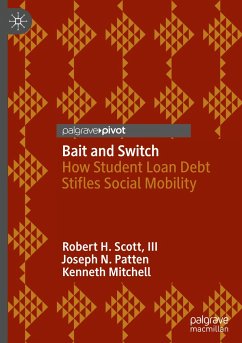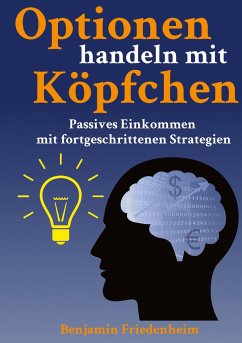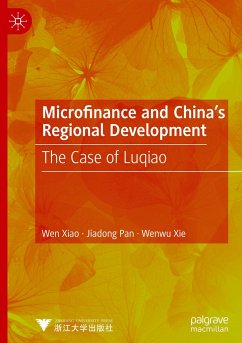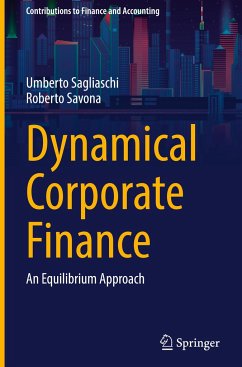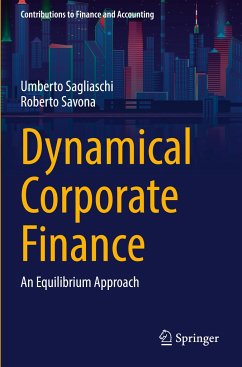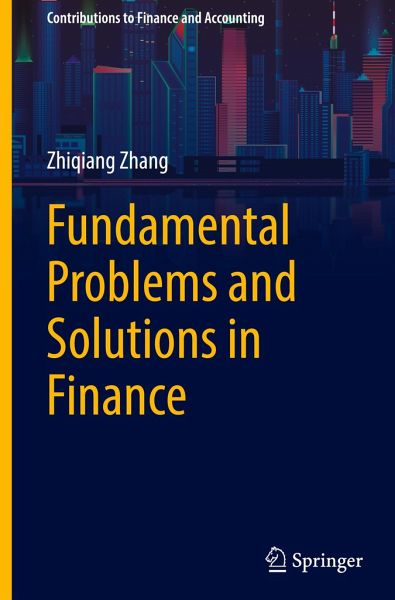
Fundamental Problems and Solutions in Finance
Versandkostenfrei!
Versandfertig in 6-10 Tagen
97,99 €
inkl. MwSt.
Weitere Ausgaben:

PAYBACK Punkte
49 °P sammeln!
This book provides innovative solutions to fundamental problems in finance, such as the valuation of bond and equity, the pricing of debt, equity and total asset, the determination of optimal capital structure, etc., which are unsolved or poor-solved so far.The solutions in this book all have the following features:Based on essential assumptions in line with reality, the final solutions are analytical solutions with closed-form models, the forms and variables of the models are determined by strict and objective logic processes rather than chosen or presumed subjectively, such as the new growth...
This book provides innovative solutions to fundamental problems in finance, such as the valuation of bond and equity, the pricing of debt, equity and total asset, the determination of optimal capital structure, etc., which are unsolved or poor-solved so far.
The solutions in this book all have the following features:
Based on essential assumptions in line with reality, the final solutions are analytical solutions with closed-form models, the forms and variables of the models are determined by strict and objective logic processes rather than chosen or presumed subjectively, such as the new growth model for stock valuation, the new CAPM accounting for total risk rather than only systematic risk, the real solution to optimal capital structure based on the trade-off between tax shield and bankruptcy cost. In addition, these basic solutions or models are adjusted easily to various application scenarios.
The solutions in this book all have the following features:
Based on essential assumptions in line with reality, the final solutions are analytical solutions with closed-form models, the forms and variables of the models are determined by strict and objective logic processes rather than chosen or presumed subjectively, such as the new growth model for stock valuation, the new CAPM accounting for total risk rather than only systematic risk, the real solution to optimal capital structure based on the trade-off between tax shield and bankruptcy cost. In addition, these basic solutions or models are adjusted easily to various application scenarios.








